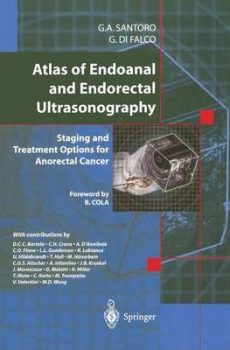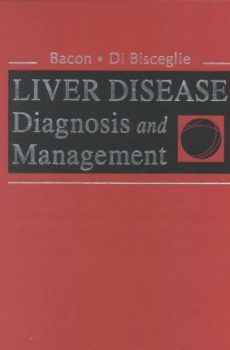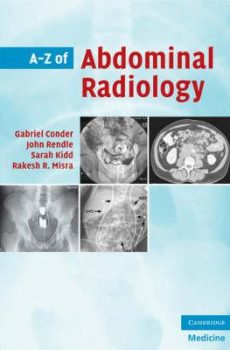
A-Z of Abdominal Radiology
6,790.00₹ 3,350.00₹
A-Z of Abdominal Radiology provides a concise, easily accessible radiological guide to the imaging of the common disorders of the abdomen and pelvis. Organised by A–Z, each entry gives easy access to the key clinical features of the condition. Section 1 reviews the relevant radiological anatomy of the abdomen and pelvis. This is followed by over 80 abdominal disorders, listing characteristics, clinical features, radiological features and relevant clinical management. Each disorder is highly illustrated to aid diagnosis. A–Z of Abdominal Radiology is an invaluable quick reference for the busy clinician and aide memoir for exam revision in both medicine and radiology.
- Introductory section emphasises the relevant abdominal anatomy to assist in diagnosis
- Concise text and numerous illustrations make this the ideal quick reference guide
- Advises which imaging technique to use for each condition
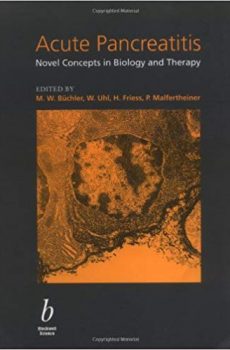
Acute Pancreatitis: Novel Concepts in Biology and Theraphy
14,980.00₹ 7,690.00₹
Still frightening to both patients and clinicians, acute pancreatitis is an acute inflammatory disease of the pancreatic gland that may lead to severe systemic response. Fortunately, the knowledge about this disease has increased considerably in the last two decades. On molecular and pathophysiologic bases, doctors do understand more clearly the primary events in the initiation of acute pancreatitis and its repair, and there are also new diagnostic tools now available. Clinically, it is of the utmost importance to establish a generally accepted classificaiton for the different entities of this disease–especially since new treatment concepts have been introduced in the last years. These include the approach to biliary acute pancreatitis by endoscopic procedures; promising compounds to interfere with the early stage of the disease; and anti-infectives for the later stages, where infected pancreatic necrosis plays a predominant role. In light of this new information, it is evident that the approach to acute pancreatitis should be managed interdisciplinarily to get the best treatment results.
Leading authorities from around the world have contributed to this volume, and special attention has been paid to new insights in pathophysiology and repair mechanisms, diagnosis and new treatment options.
This book provides a state-of-the-art update of acute pancreatitis and will be interest to basic scientists, physicians, clinicians, ICU specialists and surgeons.
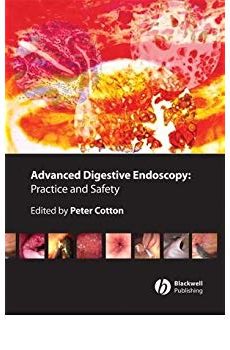
Advanced Digestive Endoscopy: Practice and Safety
14,590.00₹ 8,900.00₹
Advanced Digestive Endoscopy: Practice & Safety provides a practical manual on how to perform techniques safely and effectively in order to maximise value, and to reduce risks. Clearly structured, it covers training, endoscopy and imaging equipment, infection control, patient preparation and monitoring, complications and how to avoid and deal with them. Expanding on the content of Peter Cotton’s best–selling Practical Gastrointestinal Endoscopy, this instructive volume contains information and guidelines on all aspects of the practice of endoscopy, and is an ideal companion for both the trainee and the experienced endoscopist.
Key features include:
- Written by the leading international names in endoscopy
- Text has been expertly edited by Peter Cotton into a succinct and instructive format
- Presented in short paragraphs structured with headings, subheadings and bullet points
- Richly illustrated throughout with full–color photographs
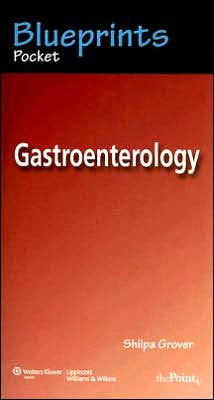
Blueprints Pocket Gastroenterology
3,080.00₹ 1,790.00₹
Blueprints Pocket Gastroenterology is designed as a quick read for students on rotation and others who want to know more about the specialty. Pocket-sized and practical, the text reviews the clinical topics a student would most likely encounter during an elective rotation and also provides the basic knowledge needed before USMLE Steps 2 and 3 in an organized, easy-to-read outline format. The book also features appendices on opportunities in gastroenterology, a question and answer review, and suggested additional reading.
Blueprints Pocket Gastroenterology is perfect for medical students. Physician assistants, nurse practitioners, and related health professionals will also find the book valuable.
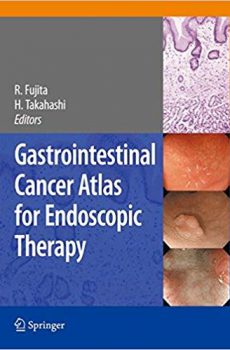
Gastrointestinal Cancer Atlas for Endoscopic Therapy
17,590.00₹ 4,300.00₹
Since a number of mucosal digestive tract cancer detected has increased in recent years with an advance of endoscopic instruments, endoscopic treatment of digestive tract cancer is widely spread in Japan but not in other countries. Minute cancers seem to have own characteristic mucosal signs compared with benign lesions. Therefore, strategies, those are different in Japan from other countries, of endoscopic diagnosis are very important.
The cancer institute hospital of JFCR (Japan foundation of cancer research) is one of the top institutions which do the best endoscopic treatment in Japan. This book is expected to be the first valuable atlas in which the abundant experiences of this hospital offer beautiful photographs of minute cancers without any scars of biopsies which change aspects of original lesions. This book also offer pictures of magnifying endoscopy using NBI (Narrow Band Imaging) and pathological findings.
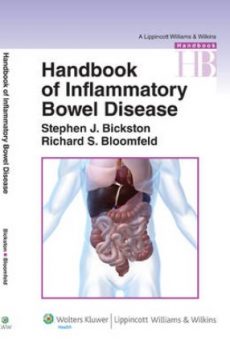
Handbook of Inflammatory Bowel Disease
4,620.00₹ 1,850.00₹
Geared to a wide readership of practicing clinicians and trainees in primary care medicine and gastroenterology, this handbook offers practical information on Crohn’s disease and ulcerative colitis. Coverage begins with the patient’s first visit and proceeds through the diagnostic workup: endoscopy, radiologic testing, and instruments for rating and classifying inflammatory bowel disease. Discussions of therapy include conventional therapies, immunomodulators, biologic therapies, surgical approaches, and intestinal stomas. Chapters discuss extraintestinal manifestations of inflammatory bowel disease, inflammatory bowel disease and the liver, infections, and pouchitis. Additional chapters focus on nursing considerations, nutrition, women’s health issues, and inflammatory bowel disease and the workplace.
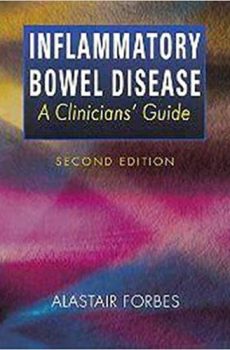
Inflammatory bowel disease
7,990.00₹ 1,890.00₹
The study of inflammatory bowel disease is one of the most rapidly changing fields within gastroenterology. The revision of this successful title highlights the radical changes in therapy which are poised to affect clinical practice – particularly with the release of therapeutic agents (such as TNF antibodies). Clinicians’ Guide to Inflammatory Bowel Disease presents current knowledge in a compact and user-friendly format allowing physicians who treat gastrointestinal disease to take full advantage of up-to-date research information whilst emphasizing clinical guidance and therapeutics.
This second edition has been extensively revised and several chapters have been completely rewritten. The book follows the ‘Clinicians’ Guide’ format and is written in a digestible style with an attractive layout. In addition to rigorous revision of the text – the provision of new pictorial material and clinical algorithms will aid physicians’ knowledge. This revised version covers all the important aspects of inflammatory bowel disease whilst highlighting new developments in therapeutics and immunological manipulation.
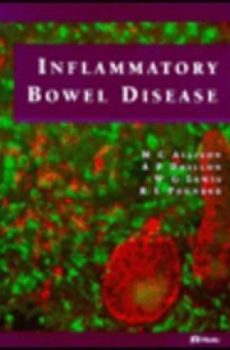
Inflammatory Bowel Disease
6,190.00₹ 3,000.00₹
This book offers gastroenterologists, surgeons, and general hospital doctors an immediate source of information regarding the epidemiology, genetics, immunology, etiology, and pathogenesis of inflammatory bowel disease. Focusing on the two most significant conditions, Crohn’s disease and ulcerative colitis, this book describes clinical signs, disease activity and progress, recurrence, complications and nutritional aspects. It discusses up-to-the-minute drugs, as well as medical and surgical treatment.
… Emphasizes differential diagnosis. … Includes hundreds of color illustrations to aid in recognition of signs and symptoms. … Devotes an entire chapter to the disease in childhood. … Discusses important clinical signs appearing in other areas of the body, including the mouth and skin. … Uses tables, figures, and diagrams to quickly present essential information.
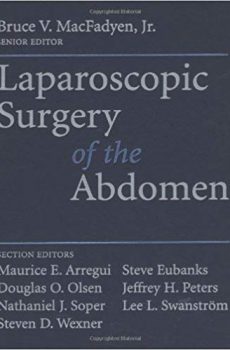
Laparoscopic Surgery of the Abdomen
8,900.00₹ 3,950.00₹
An in-depth analysis of the technical aspects of the most commonly performed laparoscopic procedures, their indications, contraindications, and complications. Heavily illustrated, Laparoscopic Surgery of the Abdomen breaks new ground in visualising operative procedures and problems. Seven sections, comprising the core curriculum of accepted procedures, present gallbladder disease, common bile duct exploration, hernia, colon diseases, anti-reflux procedures, acute abdomen and the role of diagnostic laparoscopy, and emerging procedures on the spleen and adrenals. Recognised leaders in the field tackle each section, emphasising what to do when and how to solve acute situations.
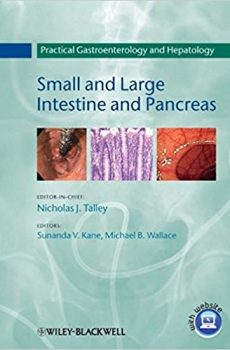
Practical Gastroenterology & Hepatology: Small & Large Intestine & Pancreas
11,900.00₹ 6,900.00₹
This comprehensive resource for fellows/trainees and candidates for recertification in gastroenterology summarizes the field in a modern, fresh format. Prominent experts from around the globe write on their areas of expertise, and each chapter follows a uniform structure. The focus is on key knowledge, with the most important clinical facts highlighted in boxes. Color illustrations reinforce the text.
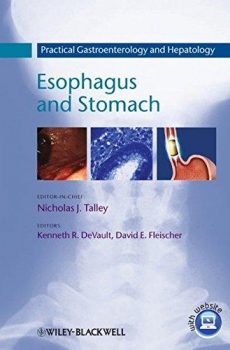
Practical Gastroenterology and Hepatology: Esophagus and Stomach
11,900.00₹ 6,900.00₹
This comprehensive resource for fellows/trainees and candidates for recertification in gastroenterology summarizes the field in a modern, fresh format. Prominent experts from around the globe write on their areas of expertise, and each chapter follows a uniform structure. The focus is on key knowledge, with the most important clinical facts highlighted in boxes. Color illustrations reinforce the text.
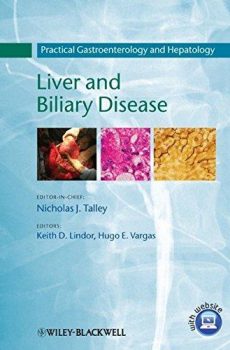
Practical Gastroenterology and Hepatology: Liver and Biliary Disease
11,900.00₹ 6,900.00₹
This comprehensive resource for fellows/trainees and candidates for recertification in gastroenterology summarizes the field in a modern, fresh format. Prominent experts from around the globe write on their areas of expertise, and each chapter follows a uniform structure. The focus is on key knowledge, with the most important clinical facts highlighted in boxes. Color illustrations reinforce the text.





